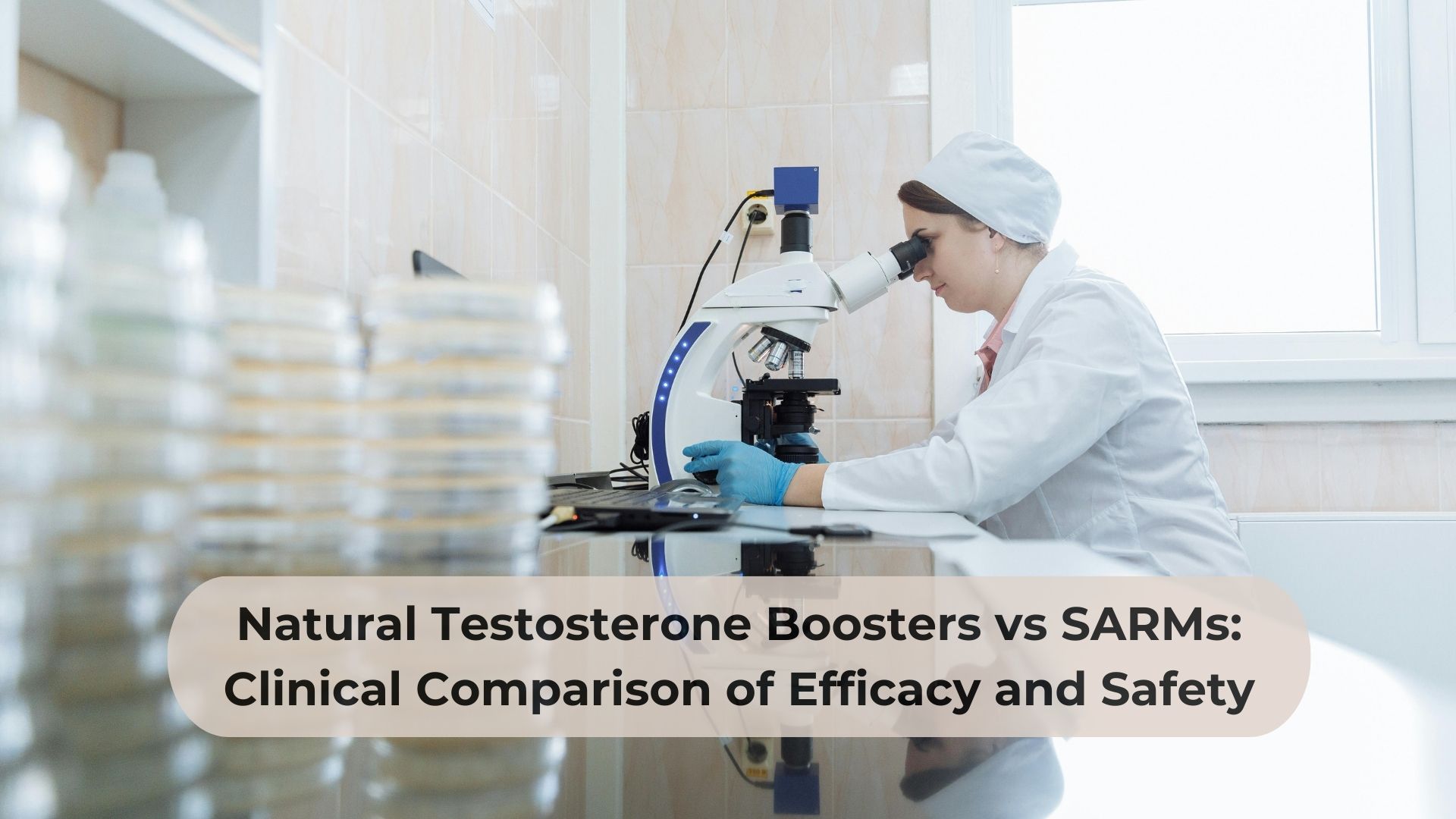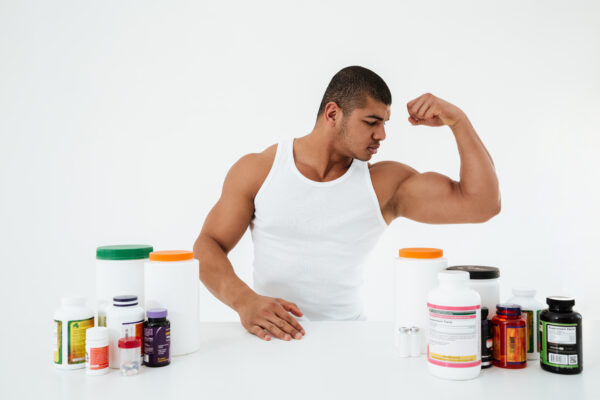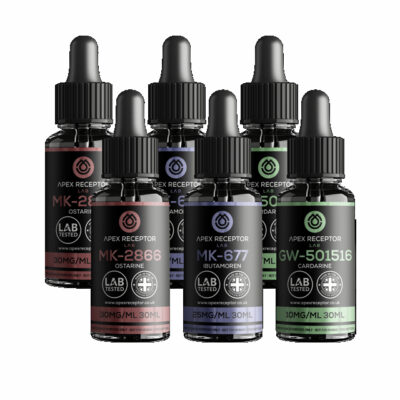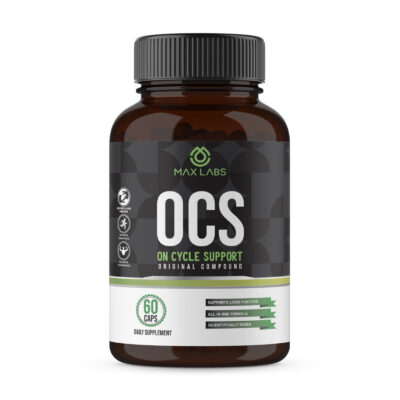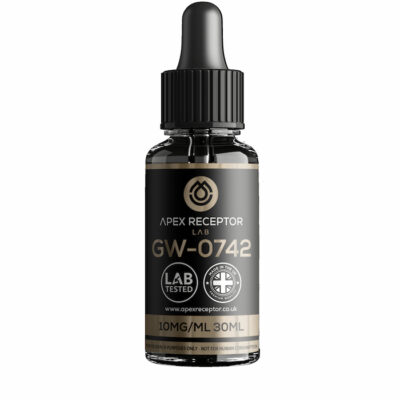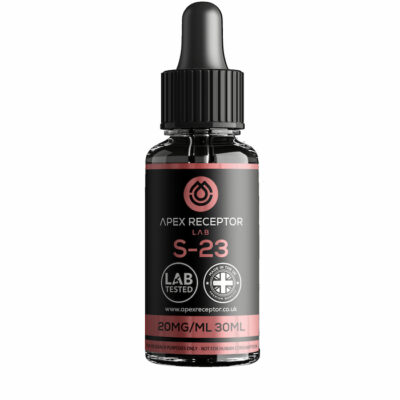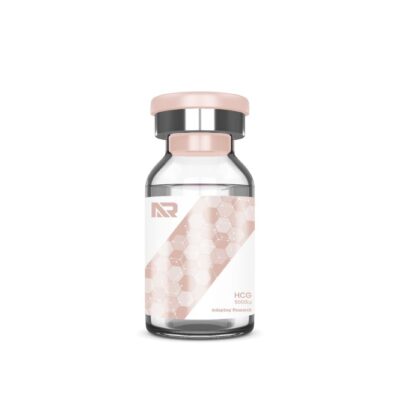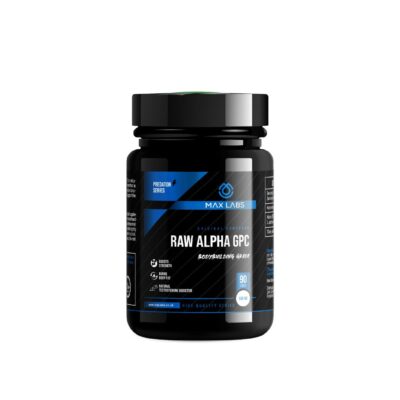This is a hormone called testosterone that is one of the most essential hormones in performance, muscle growth, and recovery. It regulates lean body mass, bone density, energy, mood and even sexual health and is one of the significant concerns among athletes and fitness enthusiasts. The need to enhance testosterone levels has become a fashionable one; as a result, two distinct approaches have emerged: SARMs (Selective Androgen Receptor Modulators) and natural testosterone boosters.
Although SARMs are man-made substances, which are supposed to mimic some of the actions of the anabolic steroids, natural boosters are made of herbs, minerals and amino acids that will stimulate the body to produce more testosterone. However, the discussion of their effectiveness and safety is primarily filled with hype, advertising and incomplete scientific evidence.
This article provides a clinical comparison between the two supplements to allow the readers to make an informed decision on SARMs and natural testosterone boosters. We are going to discuss their mechanisms, clinical evidence, their comparative effectiveness, and the potential risks, and comment, too, on the regulatory issue and practical recommendations.
What Are SARMs? Clinical Background and Mechanism
The process is simple: SARMs stimulate the effects of androgen receptors of specific tissues, which results in anabolic activity and the gain of lean muscle mass. This selectivity was less likely to result in side effects than steroids, yet had muscle-building potential.
Some of the most common SARMs include:
- Ostarine (MK-2866): researched as a muscle-wasting drug
- RAD-140 (Testolone) is regarded as the most potent SARM for building muscle.
- LGD-4033 (Ligandrol) has been demonstrated to add lean mass within a clinical environment.
Despite their initial therapeutic purpose, SARMs have been adopted mainly in bodybuilding and athletic performance enhancement, although they have not been FDA-approved, and their long-term safety is unclear.
What Are Natural Testosterone Boosters?
Natural testosterone boosters are nutritional supplements that cause the body to produce its own hormones instead of adding artificial substances to the body. Natural boosters, in contrast to SARMs, activate the luteinizing hormone, suppress cortisol, and balance nutrients through direct binding to the androgen receptors.
Common ingredients include:
- Fenugreek: demonstrated in the literature to aid in testosterone and strength.
- D-Aspartic Acid (DAA): an amino acid which is associated with temporary testosterone spikes.
- Ashwagandha: Ashwagandha is an adaptogen that lowers stress and increases testosterone in men with low baseline levels.
- Zinc: a mineral necessary for the balance of hormones and fertility.
These supplements are sold mainly as OTC (over-the-counter) products, and thus are legal and available to athletes and for overall health. Their effects, however, are less severe than SARMs and in most cases rely on the health condition of the person, diet and regularity in use.
Clinical Evidence for SARMs
The clinical research on SARMs (Selective Androgen Receptor Modulators) has not yielded conclusive but encouraging results on the impact of the SARMs on human physiology. Compared to bodybuilding circles’ anecdotal reports, SARMs human trials provide controlled information on the effect of SARMs on lean muscle mass, strength, and body composition. The first compounds were initially produced as drug treatment of muscle-wasting disorders and ageing, whereby their clinical test is a valuable parameter of effectiveness and safety.
Although the findings are promising, especially with such compounds as Ostarine, LGD-4033, and RAD-140, most research is short-term and has a small number of participants, which calls for more robust and long-term research. They are being investigated in SARs human trials, which is a good sign:
- Ostarine (MK-2866): In a study of older patients with muscle-wasting, it was observed that lean body mass and physical functioning improved.
- LGD-4033 (Ligandrol): A 21-day controlled trial found significant lean gains in men who were healthy at a minimal dose of 1mg/day.
- RAD-140 (Testolone): Preliminary studies indicate that it has potent anabolic properties, but there are still no extensive human studies.
Clinical results indicate that SARMs can induce muscle growth, reduce body fat and increase strength in a few weeks. Nonetheless, some of these studies are usually limited by small sample sizes, short-term studies and unavailable long-term safety data.
Although SARMs are promising in efficacy, they are not approved by the FDA to be used by humans, and most of their distribution is still limited to research. SARMs are supplied to laboratories and research by trusted suppliers, like UK Peptides, where there is an assurance of high-quality products in a market that is often flooded with products of low quality.
Clinical Evidence for Natural Testosterone Boosters
Clinical research is done effectively to determine the efficiency of natural testosterone boosters. Not only this, but it also gives accurate information about the effects of the specific herbs, amino acids, and minerals exerted on hormone regulation and performance. In contrast to the SARMs, which directly work on the androgen receptors, the natural boosters are supposed to stimulate the self-production of testosterone or to optimize the situations that allow the hormonal balance to be maintained.
A clinical trial of ingredients like D-aspartic acid, fenugreek, ashwagandha, zinc, and so on shows mixed results- a slight testosterone boost in the short run, and some strength, fertility, and general well-being. Several clinical trials provide evidence of the promise of natural boosters:
- D-Aspartic Acid (DAA): D-aspartic acid research indicated a short-term increase in testosterone level; however, subsequent studies indicated inconsistency, especially in trained athletes.
- Fenugreek: RCT studies have demonstrated an increase in free testosterone levels, strength, and fat loss in resistance-trained men.
- Ashwagandha: Ashwagandha has been demonstrated to be effective in a clinical trial on stress-induced infertility in men through improvement of testosterone, sperm quality, and the overall well-being of the men. Two other studies reported strength improvement and muscle gain among resistance-trained men.
- Zinc: It has been proven in studies that it is a key component of hormone balance, and that deficiency is closely associated with low levels of testosterone and fertility problems.
Although natural boosters are typically milder in effect than SARMs, they have a more extended history of safety, specifically when ingested as standardized extracts.
Comparative Efficacy — SARMs vs Natural Boosters
Comparing SARMs vs testosterone boosters, it is possible to distinguish such essential differences:
- SARMs: Have greater potency, giving rise to quicker muscle growth, higher lean body mass gain and increased strength development. Their action does not go through natural hormone control but directly stimulates the receptor.
- Natural boosters: Operate inside the natural endocrine system of the body instead of subverting it. Findings are less forceful, slower, yet less risky.
|
Feature |
SARMs | Natural Boosters |
| Muscle Gain | Rapid, significant | Mild to moderate |
| Hormone Impact | Direct receptor activation | Supports natural testosterone |
| Performance | Noticeable improvements in weeks | Gradual, dependent on baseline health |
| Safety | Higher risk, side effects reported |
Generally safe, minimal side effects |
In the case of athletes and other fitness enthusiasts, it usually varies based on risk tolerance. Although it is hard to dispute the power of SARMs for muscle growth, their adverse effects become clear over time, and testosterone boosters are strength-enhancing supplements that are a safer option for most individuals.
Safety and Side Effects
SARMs side effects include:
- Suppression of natural testosterone production.
- Liver toxicity and increased liver enzymes.
- Hormonal imbalance and mood swings.
- Vision disturbances (noted in some RAD-140 users).
Natural testosterone booster safety is comparatively favorable. Most of the ingredients can be tolerated easily, but side effects, such as mild GI upset, can occur. It includes fenugreek, ashwagandha, and zinc. The primary concern lies in the variability of supplement quality, which is why choosing reputable brands is essential.
Regulatory and Ethical Considerations
FDA SARMs are not approved by the government but are used as research chemicals.
They also appear on the WADA banned SARMs list, which means that they are forbidden in competitive sports.
Conversely, natural testosterone boosters are not prohibited since they are dietary supplements, but they are not strictly regulated, which causes differences in strength and quality.
Who Should Consider What?
SARMs can also seem tempting regarding quick gains, but with an unpredictable safety profile and a high risk of regulation, they should only be used in the context of controlled studies. In the case of athletes and bodybuilders, casual use has a very high risk.
Natural test boosters, on the other hand, are appropriate for:
- Athletes seeking performance enhancement should use legal and safe methods.
- Men with age-related testosterone decrease.
- People who want to get general wellness, vitality, and hormonal balance.
UKSarms is a reliable supplier of quality compounds to those who wish to use them for research purposes. For safe testosterone support, natural boosters remain the best SARMs alternative.
A Final Word
In the SARMs vs testosterone boosters’ controversy, the results of clinical trials reveal more impressive muscle gains but with a higher risk of side effects such as endocrine suppression and liver toxicity. Natural boosters are less powerful, however, safer and more sustainable and can be recommended to the majority of people.
There is more evidence to support SARMs as effective and natural boosters, as well as safe. To researchers interested in using SARMs in research, it is worthwhile to collaborate with a reputable company like the UkSarms to access clinically relevant compounds. Natural boosters are safest to use in the long-term in supporting the body in terms of testosterone for ordinary well-being and performance.

